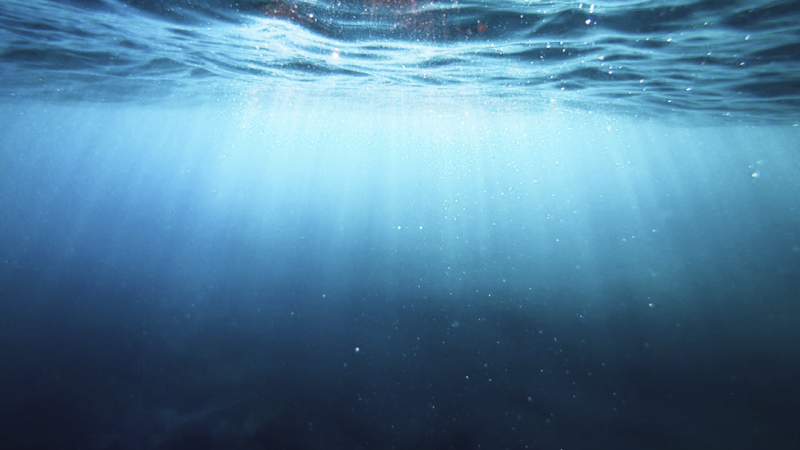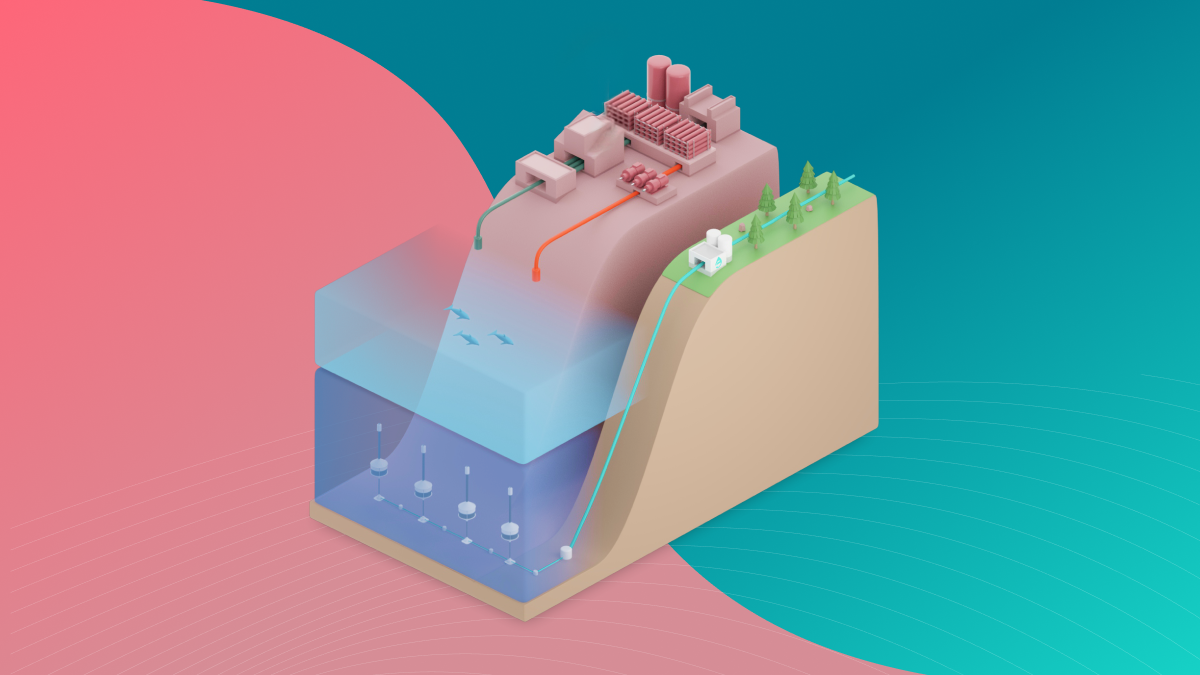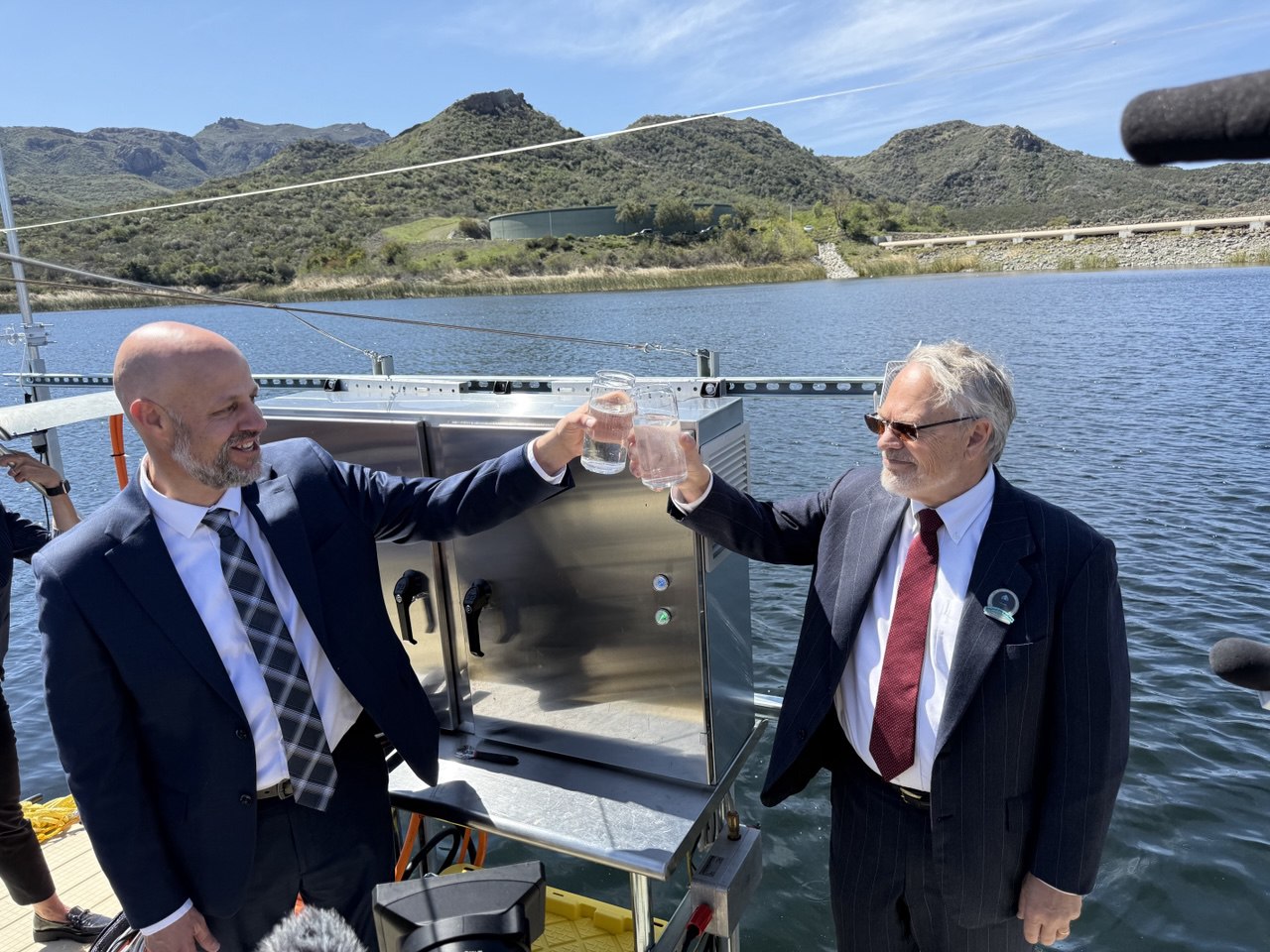A startup called OceanWell is pioneering an innovative approach to desalination by exploring the idea of harvesting drinking water from desalination pods placed on the ocean floor. The company has partnered with the Las Virgenes Municipal Water District in southern California to assess the feasibility of this groundbreaking technology.
Traditional, land-based desalination facilities face several challenges, including high energy costs and the production of salty byproducts that can be harmful to marine life. OceanWell aims to address these issues by combining desalination with offshore energy technology. By placing the pods at depths of 1,400 feet, where natural water pressure can facilitate filtration, the company claims its technology can produce 10 million gallons (37.8 million liters) of fresh water per day while using 40% less energy.
Unlike typical land-based facilities that focus on maximizing freshwater production and yield 50% brine as a byproduct, OceanWell’s technology leverages the natural pressure of the ocean. Operating at a recovery rate of 10% to 15%, the company is able to produce a significantly less salty product that can dissolve within seconds.
OceanWell aims to have fully operational pods by 2028, with the capacity to produce 37.8 million liters of freshwater per day. This innovative approach to desalination has the potential to revolutionize the water industry by providing a sustainable and efficient solution for addressing water scarcity.
Originally published BY Clayton County Register
Date: SEPT. 26, 2023

Heading

















